Home>Garden Essentials>How To Use Large Round Rocks In Landscape Design
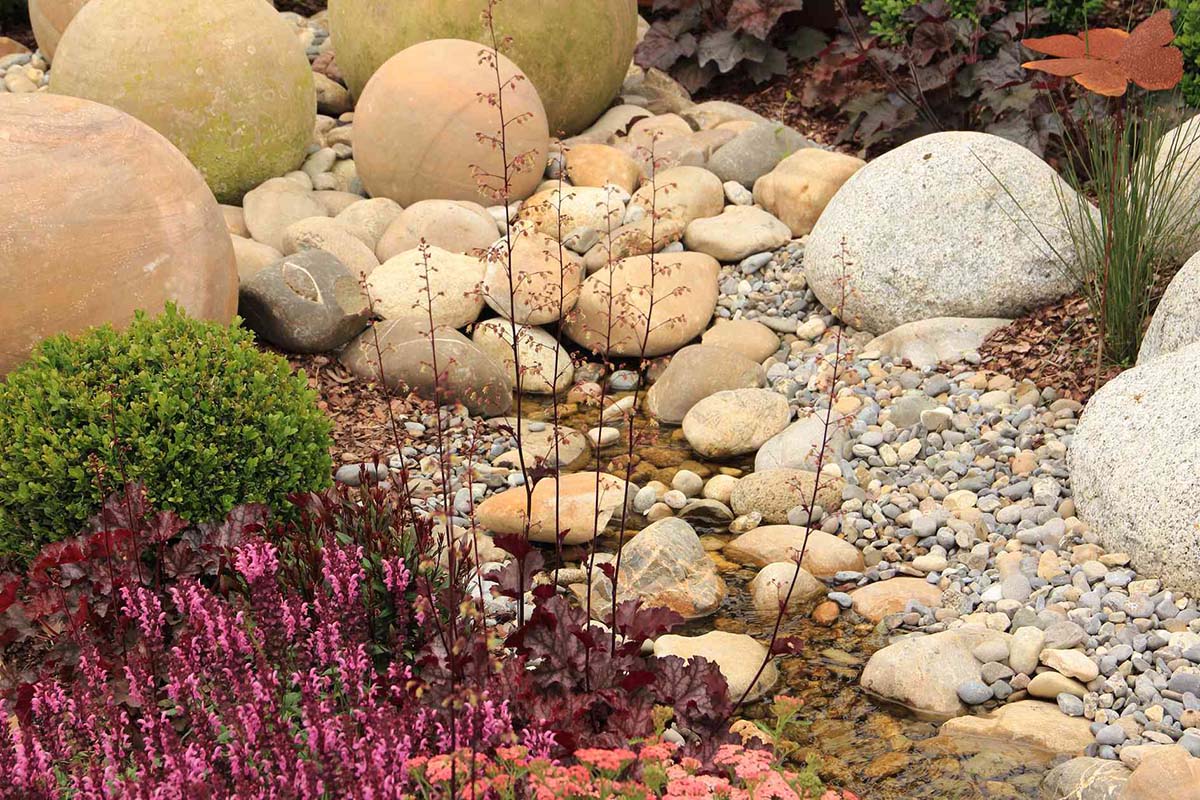

Garden Essentials
How To Use Large Round Rocks In Landscape Design
Modified: October 18, 2024
Learn how to incorporate large round rocks into your garden landscape design for a stunning and natural look. Find inspiration and ideas here!
(Many of the links in this article redirect to a specific reviewed product. Your purchase of these products through affiliate links helps to generate commission for Storables.com, at no extra cost. Learn more)
Introduction
When it comes to landscape design, incorporating natural elements can bring a sense of beauty, harmony, and tranquility to any outdoor space. One such element that is gaining popularity is the use of large round rocks. These versatile and eye-catching stones can add depth, texture, and visual interest to your garden or yard.
In this article, we will explore the various benefits of using large round rocks in landscape design, as well as offer practical tips on how to choose the right location, prepare the site, and arrange the rocks for maximum impact.
Whether you want to create a focal point, define a pathway, or enhance a water feature, large round rocks can be the perfect addition to your outdoor space. So, let’s dive in and discover how these natural wonders can transform your landscape.
Key Takeaways:
- Large round rocks in landscape design offer natural beauty, durability, and low maintenance. They can create focal points, define pathways, and enhance water features, adding a touch of nature’s beauty to any outdoor space.
- When using large round rocks, consider proportion, contrast, and natural flow for optimal impact. Proper site preparation, thoughtful arrangement, and regular maintenance ensure these rocks continue to enhance your landscape for years to come.
Read more: How To Place Large Rocks In Landscaping
Benefits of Using Large Round Rocks in Landscape Design
Integrating large round rocks into your landscape design offers a multitude of benefits. Here are some key advantages to consider:
- Natural Aesthetics: Large round rocks bring an organic and rustic charm to your outdoor space. The smooth and rounded edges of these stones create a sense of balance and harmony, effortlessly blending with the surrounding greenery.
- Visual Impact: One of the primary advantages of using large round rocks is their ability to make a statement. Whether used as a solitary centerpiece or grouped together, these rocks draw the eye and serve as focal points, instantly enhancing the visual appeal of your garden or yard.
- Durability: Large round rocks are inherently durable and long-lasting. They can withstand various weather conditions, including rain, heat, and cold, without losing their shape or color. This durability makes them a smart investment for your outdoor space.
- Low Maintenance: Unlike traditional landscaping elements, large round rocks require minimal upkeep. They do not need to be watered, mowed, or trimmed, saving you time and effort in maintenance tasks.
- Water Conservation: Large round rocks can help conserve water in your landscape. By replacing traditional lawns or extensive plantings with rock features, you reduce the need for excessive watering, ultimately contributing to water conservation efforts.
- Weed Control: Another practical benefit of using large round rocks is weed control. Their size and density create a barrier that limits weed growth, minimizing the need for herbicides or constant weeding.
- Erosion Prevention: If your landscape is prone to erosion, large round rocks can provide a natural solution. Placing them strategically in areas with soil erosion issues helps stabilize the ground and prevent further deterioration.
These are just a few of the many advantages of incorporating large round rocks into your landscape design. With their natural aesthetics, durability, and low maintenance requirements, these rocks offer a unique and versatile solution to elevate the beauty of your outdoor space.
Choosing the Right Location for Large Round Rocks
When it comes to incorporating large round rocks into your landscape design, choosing the right location is crucial for creating a visually appealing and harmonious outdoor space. Here are some essential factors to consider:
- Proportion and Scale: Before placing large round rocks, assess the scale of your landscape. If you have a small yard, large rocks might overpower the space, while small rocks may get lost in a vast garden. Consider the overall proportions and make sure the rocks complement the size of your outdoor area.
- Contrast and Balance: Large round rocks can create visual interest through contrast and balance. Look for areas that lack texture or have a lot of horizontal lines, such as a flat lawn or expansive paved patio. Placing rocks strategically in these areas can add height, texture, and a sense of balance to your landscape.
- Natural Focal Points: Identify natural focal points in your garden, such as a tree, a pond, or a striking view. Enhance these focal points by incorporating large round rocks around them, directing attention and creating a sense of visual harmony.
- Accessibility: Consider practicality when choosing the location for large round rocks. If you use the rocks as stepping stones or borders, ensure they are placed where they can be easily accessed and navigated. This will enhance the functionality and usability of your outdoor space.
- Safety: Safety should always be a top priority when incorporating large rocks into your landscape. Ensure that the rocks are placed in areas where they won’t pose a hazard or obstruction to foot traffic, children, or pets.
- Views and Sightlines: Take into account the views and sightlines from various perspectives, such as from your home or outdoor seating areas. Use the rocks to frame or accentuate these views, creating a visually pleasing and inviting atmosphere.
- Existing Elements: Consider the existing elements in your landscape, including plants, trees, and structures. Select locations for large round rocks that complement and enhance these features, rather than compete with or overpower them.
By carefully considering these factors, you can select the ideal locations for incorporating large round rocks into your landscape design. This thoughtful placement will ensure that the rocks seamlessly integrate into your outdoor space, enhancing its beauty and creating a harmonious environment.
Site Preparation for Large Round Rocks
Before you start placing large round rocks in your landscape, it’s essential to properly prepare the site for optimal placement and longevity. Here are some steps to follow for effective site preparation:
- Clear the Area: Begin by clearing the area where you plan to place the rocks. Remove any debris, weeds, or existing vegetation that might interfere with the placement or stability of the rocks.
- Level the Ground: Ensure that the ground is level and stable before placing the rocks. This will provide a solid foundation and prevent the rocks from shifting or sinking over time. Use a shovel or rake to even out the soil or consider using a compactor for larger areas.
- Install Weed Barrier: To prevent weed growth and maintain a clean look, it is advisable to install a weed barrier before placing the rocks. Lay down a layer of landscape fabric or weed matting, cutting holes for the desired rock placements.
- Consider Drainage: Evaluate the drainage patterns of the area. Make sure that the rocks are placed in a way that does not disrupt the natural flow of water. If necessary, create small trenches or channels to direct water away from the rocks and prevent water pooling.
- Secure the Rocks: Large round rocks can be heavy and require proper anchoring to ensure stability. Consider digging shallow indentations or trenches where the rocks will sit, providing a secure base for them. Alternatively, you can use mortar or construction adhesive to hold the rocks in place.
- Leave Breathing Space: When placing the rocks, allow for some breathing space between them to create a more natural and organic look. This will also facilitate proper water drainage and prevent the area from looking cluttered or overcrowded.
- Blend with Surroundings: To achieve a seamless integration, make sure that the site preparation allows the large round rocks to blend with the surrounding landscape. Use native plants, decorative pebbles, or mulch to create a transition between the rocks and the existing natural elements.
By following these site preparation steps, you can ensure a stable and visually appealing installation of large round rocks in your landscape. Proper preparation will enhance the longevity and overall impact of the rocks, creating a stunning focal point in your outdoor space.
Placement and Arrangement of Large Round Rocks
The placement and arrangement of large round rocks are key factors in creating a visually striking and harmonious landscape design. Consider the following tips to achieve the desired effect:
- Vary the Sizes: Use a mixture of different sizes and shapes of large round rocks to add visual interest and depth to your landscape. Combining smaller rocks with larger ones creates a natural and organic look.
- Create Groupings: Arranging the rocks in groups can enhance their impact and create a sense of unity. Place a cluster of rocks together, ensuring they are at varying heights and angles to mimic the randomness of nature.
- Follow the Natural Flow: Consider the natural flow and movement of the landscape when placing large round rocks. Mimic natural patterns, such as the curve of a stream or the contour of a hill, to create a more cohesive and harmonious design.
- Think in Odd Numbers: When arranging rocks, opt for odd numbers, such as three or five, as they are visually appealing and create a more balanced and dynamic composition.
- Consider the Viewing Angles: Take into account the viewpoints from different angles in your landscape. Place the rocks in a way that allows them to be appreciated from multiple perspectives, such as when viewed from your home, patio, or seating areas.
- Use Rocks as Edging: Large round rocks can be used as edging along pathways, flower beds, or garden borders. Place them close together in a straight line or curve to define and accentuate these areas.
- Integrate with Plants: Combine the rocks with plants to create a more dynamic and balanced composition. Allow plants to grow around and between the rocks, softening the edges and adding a touch of color and texture.
- Consider Balance and Weight: Achieve balance by distributing the rocks evenly throughout the landscape. Avoid concentrating them in one area, as it can create an unbalanced and heavy look. Instead, disperse them strategically to create a visually pleasing and harmonious design.
Remember, the placement and arrangement of large round rocks should feel organic and natural. Experiment with different configurations until you find a composition that enhances the overall aesthetics and creates a sense of harmony in your landscape.
When using large round rocks in landscape design, consider using them as focal points or to create natural borders. Their smooth, rounded shape can add visual interest and texture to your outdoor space.
Read more: How Much Are Large Rocks For Landscaping
Creating Focal Points with Large Round Rocks
Large round rocks have a unique ability to serve as captivating focal points in your landscape design. By strategically placing these rocks, you can draw attention, create visual interest, and enhance the overall aesthetics of your outdoor space. Here are some tips for creating focal points with large round rocks:
- Single Statement Rocks: Choose a large, eye-catching round rock as a standalone piece to create a dramatic focal point. Place it in an open area where it can stand out and be appreciated from multiple angles.
- Groupings and Clusters: Arrange multiple large round rocks in groups or clusters to create a focal point that commands attention. Vary their sizes, shapes, and heights to create a dynamic composition.
- Layering and Stacking: Experiment with layering or stacking large round rocks to add depth and dimension to your focal point. This technique can create a mesmerizing visual effect and make the rocks appear more intriguing.
- Water Features: Incorporate large round rocks around a water feature, such as a pond or fountain, to create a captivating focal point. Place the rocks strategically to enhance the natural flow of water and create a visually pleasing composition.
- Illumination: Highlight your focal point rocks by adding landscape lighting. Illuminate them from different angles to create depth and shadows, enhancing their impact during the day and night.
- Contrasting Colors and Textures: Use large round rocks with contrasting colors and textures to create a visually striking focal point. Pair smooth rocks with rough ones or choose rocks in complementary hues to create a visually captivating composition.
- Frame Views: Place large round rocks strategically to frame specific views in your landscape. Position them in a way that directs the eye to a beautiful garden, a stunning sunset, or any other scenic element you want to highlight.
- Blend with Surrounding Elements: Ensure that your focal point rocks blend harmoniously with the surrounding landscape. Complement them with plants, shrubs, or other natural elements to create a cohesive and seamless design.
Creating focal points with large round rocks adds depth, beauty, and visual interest to your landscape design. Experiment with different placement techniques and combinations to find the perfect arrangement that captures attention and becomes a highlight of your outdoor space.
Incorporating Large Round Rocks in Water Features
Water features can transform your outdoor space into a tranquil and soothing oasis. By incorporating large round rocks into your water features, you can add a natural and captivating element that enhances the overall aesthetics and creates a harmonious environment. Here are some ideas for incorporating large round rocks in water features:
- Rock-lined Ponds: Create a visually stunning pond by lining its edges with large round rocks. This not only adds a natural touch but also helps stabilize the pond’s perimeter and prevents soil erosion.
- Waterfall Cascades: Arrange large round rocks to form a cascading waterfall within your water feature. The rocks can be strategically placed to create a visually appealing and natural-looking waterfall effect.
- Stepping Stones: Use large round rocks as stepping stones across a shallow pond or stream. These rocks not only serve a practical purpose but also add texture and visual interest to the water feature.
- Splash Pools: Create small splash pools within your water feature by placing large round rocks in strategic locations. These pools can add a playful element and provide a refreshing spot for birds and other wildlife.
- Rock Fountains: Build a rock fountain by stacking large round rocks on top of each other, allowing water to flow through the gaps. The sound of flowing water combined with the natural beauty of the rocks creates a stunning focal point.
- Riverbed Effect: Create a riverbed effect by placing large round rocks along the bottom of your water feature. This design element adds a sense of movement and mimics the natural flow of a river or stream.
- Underwater Features: Submerge large round rocks partially or completely underwater to create interest beneath the surface. This adds depth and creates a visually captivating underwater landscape.
- Accent Lighting: Illuminate your water features and the large round rocks with underwater or landscape lighting. This creates a beautiful display at night, highlighting the rocks and adding an enchanting ambiance to your outdoor space.
When incorporating large round rocks in water features, ensure they are securely positioned to withstand the water flow and any potential erosion. Additionally, consider the overall balance and aesthetic harmony of the water feature, incorporating the rocks in a way that complements the surrounding landscape.
By incorporating large round rocks in your water features, you can create a visually captivating and serene space that brings the beauty of nature closer to home.
Using Large Round Rocks for Pathways and Borders
Large round rocks can be a stunning addition to your landscape design when used for pathways and borders. They offer a unique and natural way to define spaces and add a touch of rustic charm. Here are some creative ideas for using large round rocks in your pathways and borders:
- Natural Stone Pathway: Lay large round rocks in a single file or in a pattern to create a natural stone pathway. This adds texture and visual interest, while providing a durable surface for walking.
- Stepping Stone Path: Instead of traditional stepping stones, use large round rocks as stepping stones to guide visitors through your garden. Place them strategically to create an inviting and picturesque pathway.
- Pathway Borders: Define your pathways by lining their edges with large round rocks. This creates a distinct border that separates the path from surrounding vegetation, adding structure and visual appeal.
- Rock Garden Borders: Use large round rocks as borders for rock gardens or flower beds. Arrange them in a line or stack them to create a stunning border that adds a natural and artistic touch to your landscape.
- Driveway or Patio Edging: Create a visual distinction between your driveway or patio and the rest of your landscape by using large round rocks as edging. This adds a touch of elegance and sets them apart from the surrounding area.
- Border for Water Features: Enhance your water features by using large round rocks as borders. Place the rocks along the edges of a pond, fountain, or stream to create a seamless transition from the water to the surrounding landscape.
- Retaining Walls: Build low-level retaining walls using large round rocks to create terraced areas or to hold back soil. This adds dimension and stability to your landscape, while also serving a functional purpose.
- Border for Raised Beds: If you have raised beds in your garden, use large round rocks to create borders around them. This adds a natural and distinctive element to your raised beds and helps contain the soil and plants.
When using large round rocks for pathways and borders, it’s important to ensure they are securely placed and won’t pose a tripping hazard. Additionally, consider the size, shape, and color of the rocks to ensure they complement the surrounding landscape and create a cohesive design.
By incorporating large round rocks in your pathways and borders, you can create visually appealing and functional features that enhance the overall beauty of your landscape design.
Maintenance and Care for Large Round Rocks
While large round rocks are known for their durability and low maintenance needs, there are still some essential steps you can take to ensure they remain in pristine condition and continue to enhance your landscape for years to come. Here are some maintenance and care tips for large round rocks:
- Regular Cleaning: Keep your large round rocks looking their best by regularly cleaning them. Remove debris, dirt, and algae that may accumulate over time using a stiff brush or hose with high-pressure water. This helps maintain their natural beauty and prevents discoloration.
- Weed Control: Occasionally check for weeds growing around and between the rocks. Remove any weeds promptly to prevent them from taking root and causing damage. A hand weeder or manual pulling should be sufficient for weed control in this case.
- Inspect for Damage: Periodically inspect your large round rocks for any signs of damage or cracks. Extreme weather conditions or accidental impacts can cause rocks to break or chip. If you notice any damage, consider replacing or repairing the affected rocks to maintain the integrity of your landscape design.
- Repositioning: Over time, large round rocks may shift due to natural settling or environmental factors. Check their alignment periodically and reposition them if necessary to maintain the desired arrangement and aesthetics.
- Protective Sealer: Consider applying a protective sealer to your large round rocks to enhance their appearance and provide added resistance against stains. Consult with a local stone supplier or landscaping professional to choose an appropriate sealer for your specific type of rock.
- Winter Care: If you live in an area with harsh winter conditions, take extra precautions to protect your large round rocks. Clear snow and ice from the rocks to prevent potential damage or discoloration. Avoid using rock salt or other ice-melting chemicals near the rocks, as they can deteriorate their surface.
- Maintain Proper Drainage: Ensure that the area surrounding the large round rocks has proper drainage. Excessive water pooling or stagnant water can cause erosion or damage to the rocks over time. Consider adding drainage systems or creating channels to redirect water away from the rocks.
By following these maintenance and care tips, you can preserve the beauty and integrity of your large round rocks. Regular cleaning, weed control, inspections, and protective measures will help ensure that these natural elements continue to enhance your landscape for years to come.
Read more: How To Use Rocks For Landscaping
Conclusion
Incorporating large round rocks into your landscape design can elevate the aesthetics and create a captivating outdoor space. These versatile and natural elements bring a sense of beauty and harmony to your garden or yard, while also offering practical benefits such as durability and low maintenance requirements.
Throughout this article, we’ve explored the various benefits of using large round rocks in landscape design. From creating focal points that draw the eye to enhancing water features and defining pathways and borders, these rocks provide endless possibilities for transforming your outdoor space.
When incorporating large round rocks, it’s important to choose the right location, prepare the site properly, and carefully arrange the rocks to achieve optimal impact. By considering factors such as proportion and scale, contrast and balance, and the natural flow of your landscape, you can create a design that is visually striking and harmonious.
Maintenance and care for large round rocks are relatively straightforward and involve regular cleaning, weed control, and protecting them from possible damage. By following these maintenance tips, you can ensure that your rocks remain in top condition and continue to enhance your landscape for many years.
Whether you use large round rocks as focal points, pathways and borders, or in water features, they bring a touch of nature’s beauty to your outdoor space. Their natural aesthetics, durability, and low maintenance requirements make them an excellent choice for any garden or yard.
So, let your creativity soar and incorporate large round rocks into your landscape design. Transform your outdoor space into a breathtaking and harmonious sanctuary that will be enjoyed and admired by all who visit.
Frequently Asked Questions about How To Use Large Round Rocks In Landscape Design
Was this page helpful?
At Storables.com, we guarantee accurate and reliable information. Our content, validated by Expert Board Contributors, is crafted following stringent Editorial Policies. We're committed to providing you with well-researched, expert-backed insights for all your informational needs.

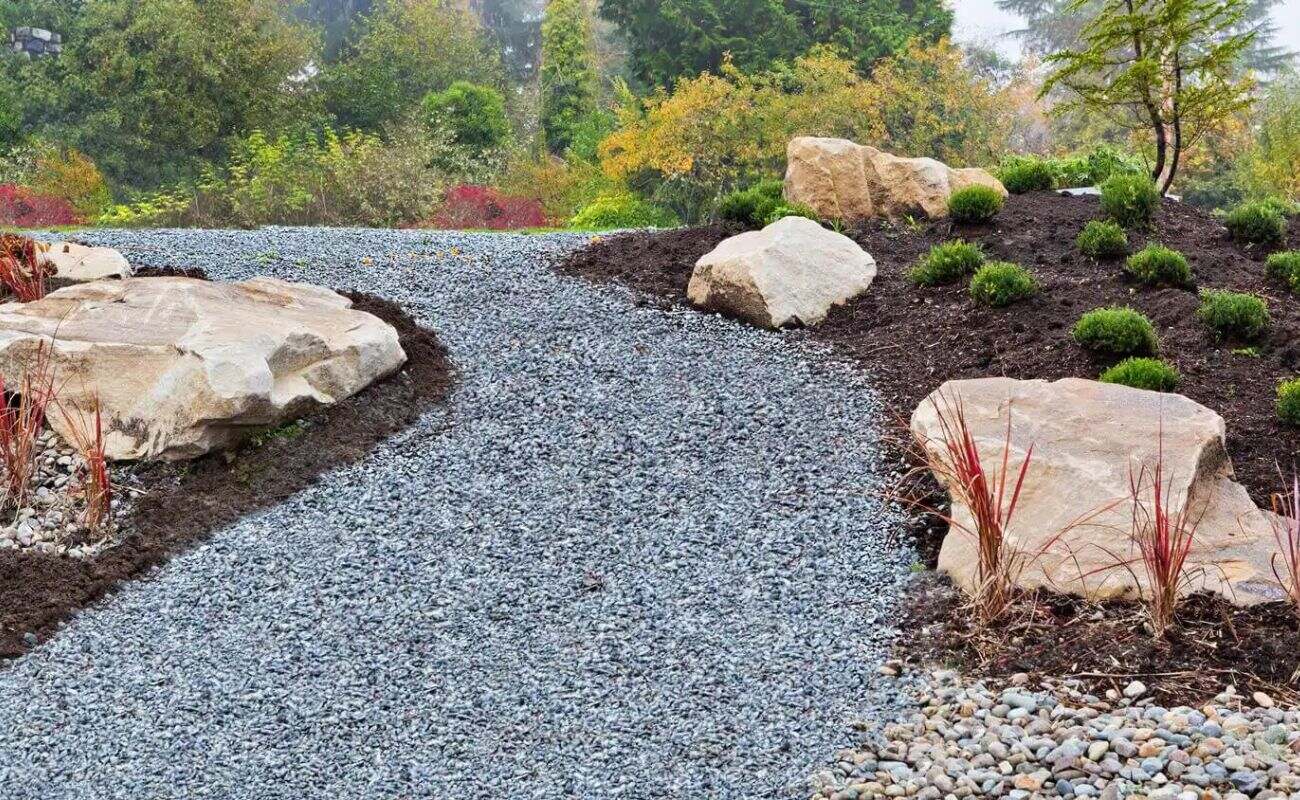
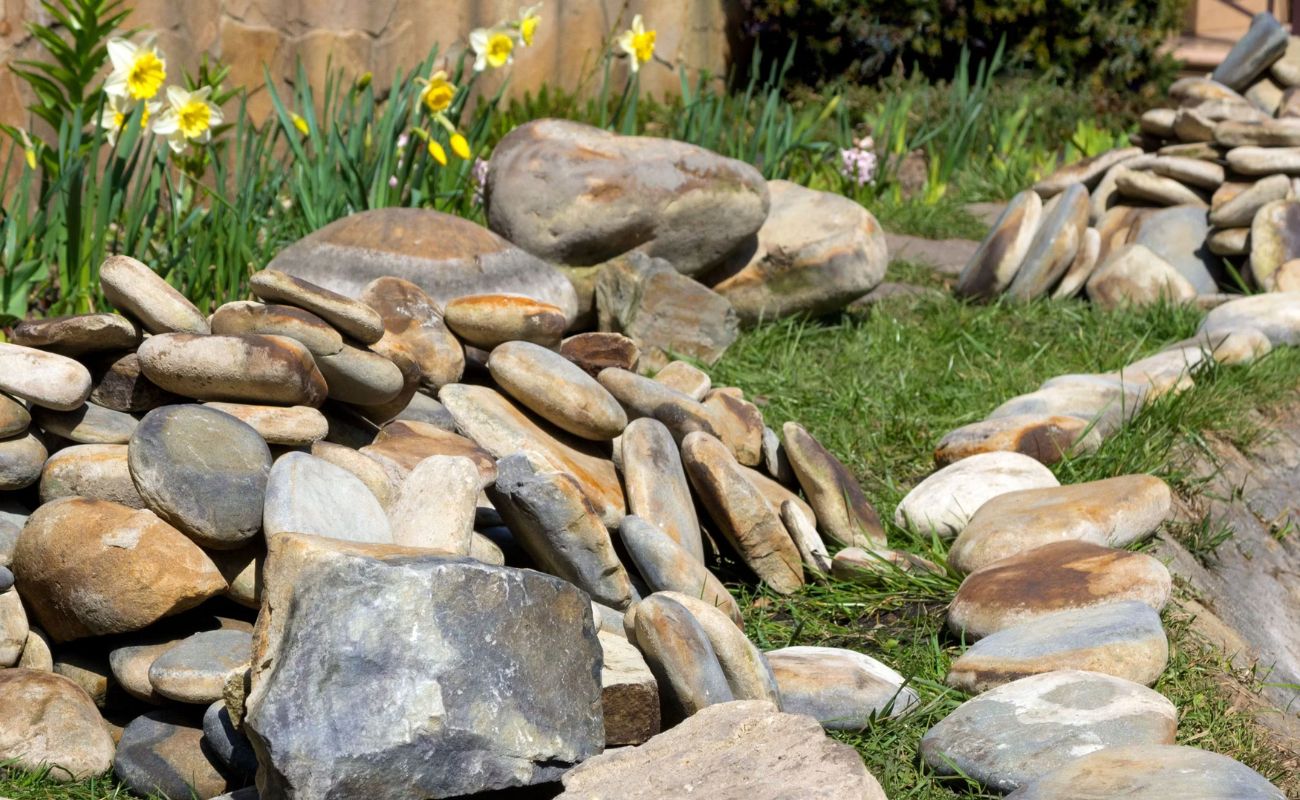
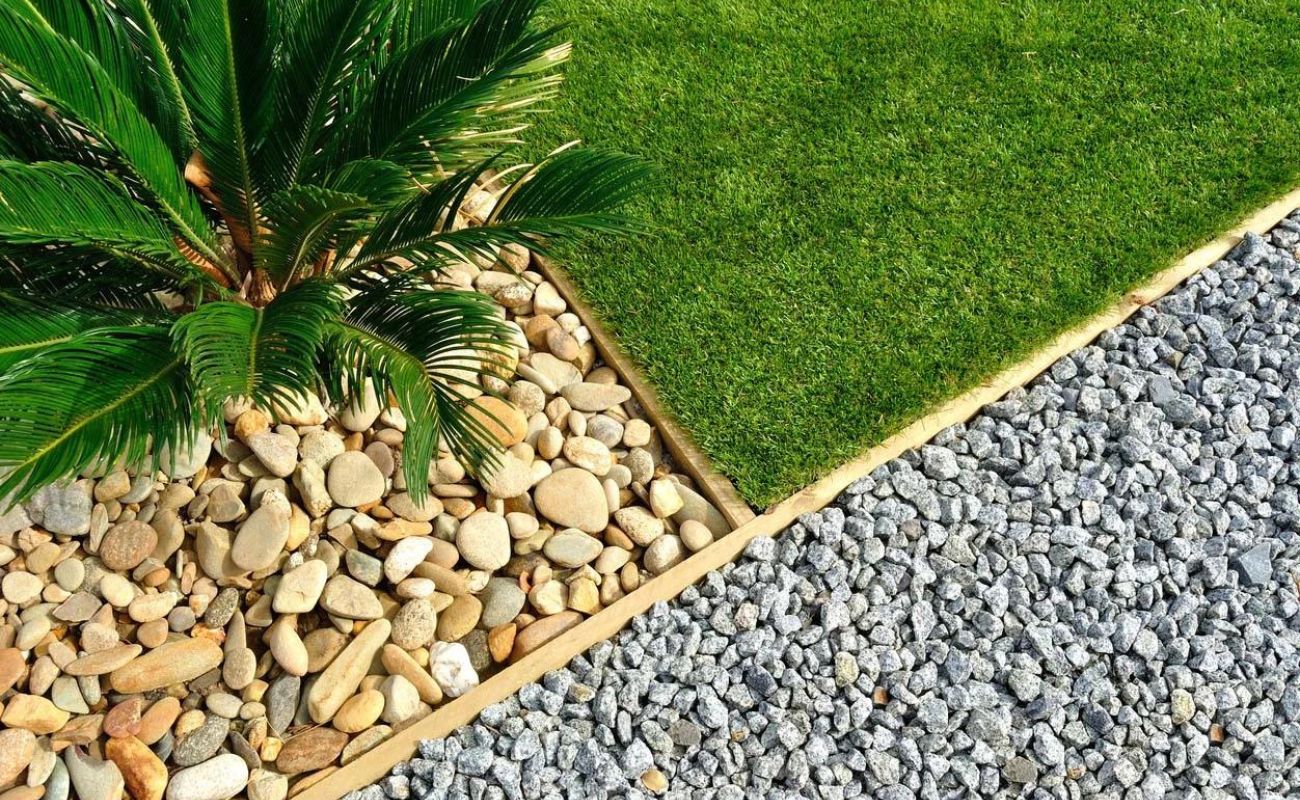
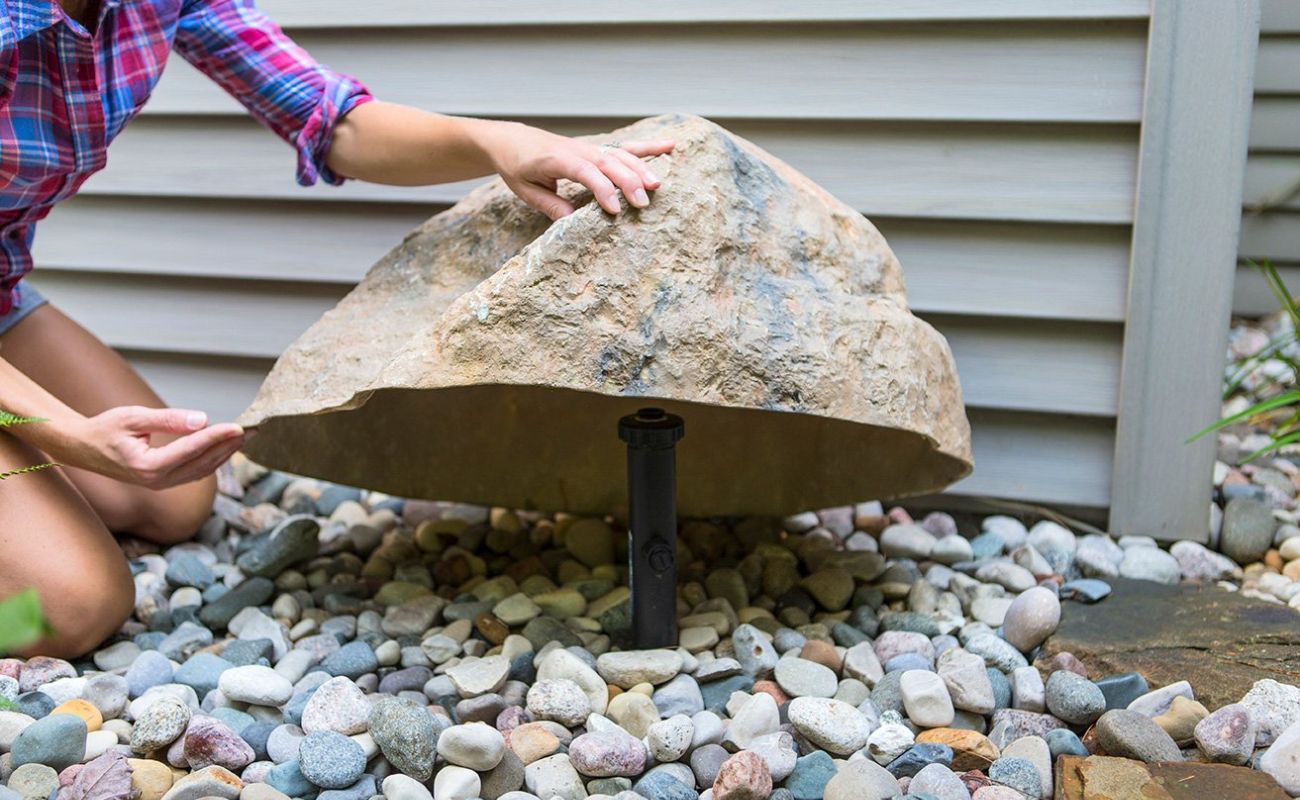
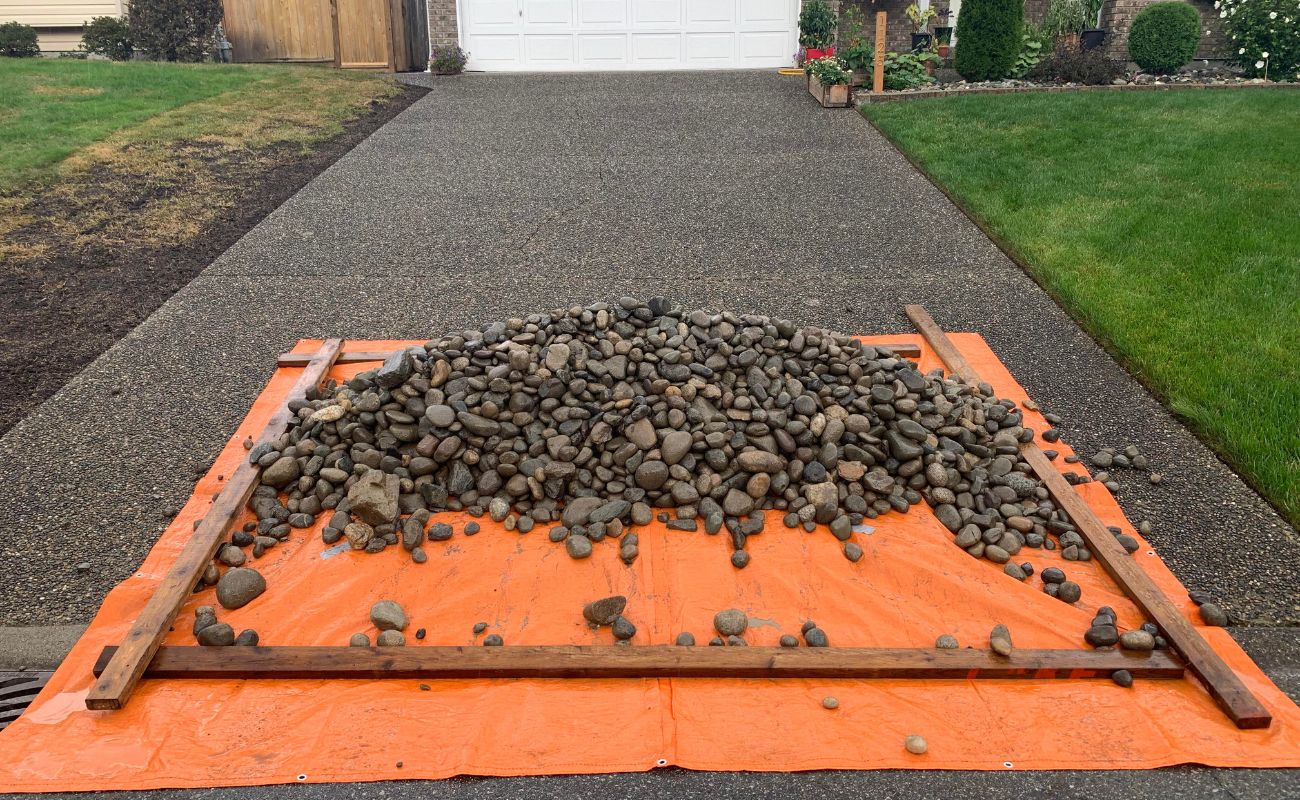
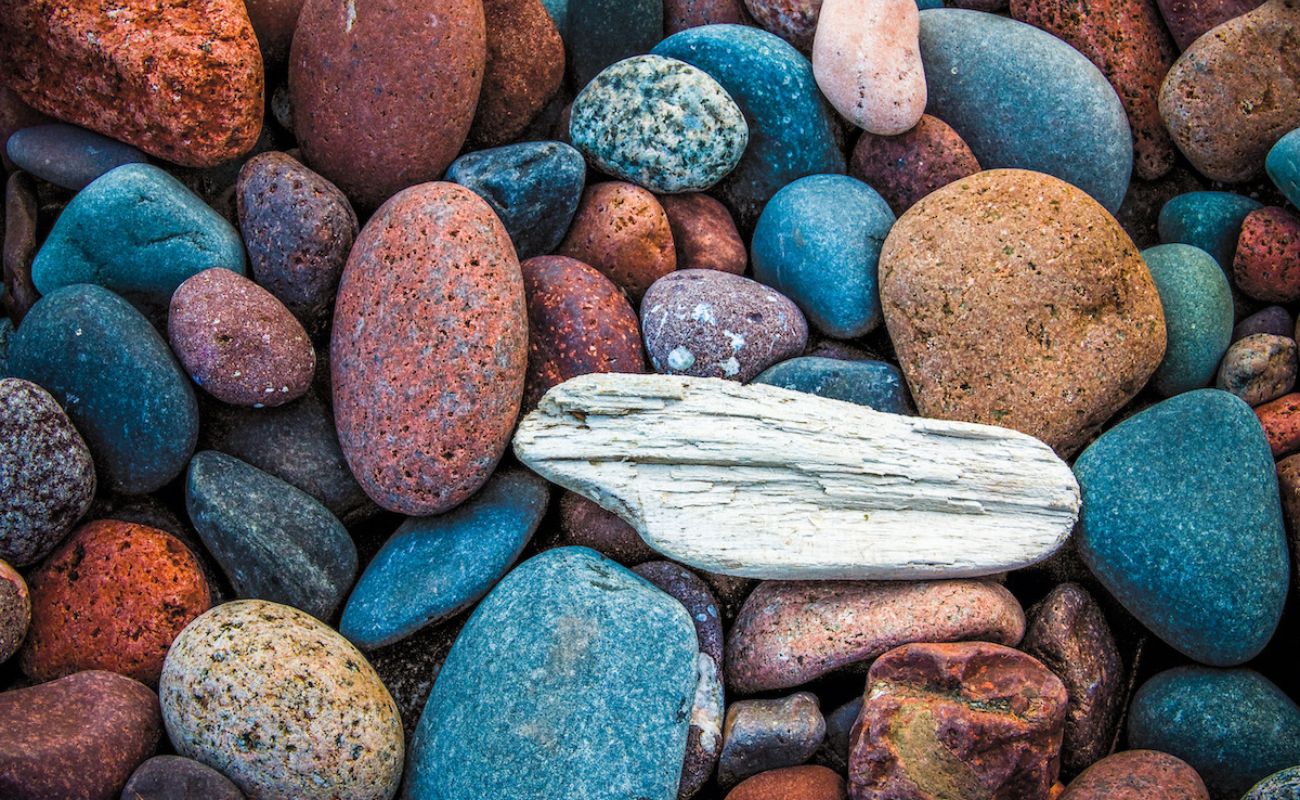
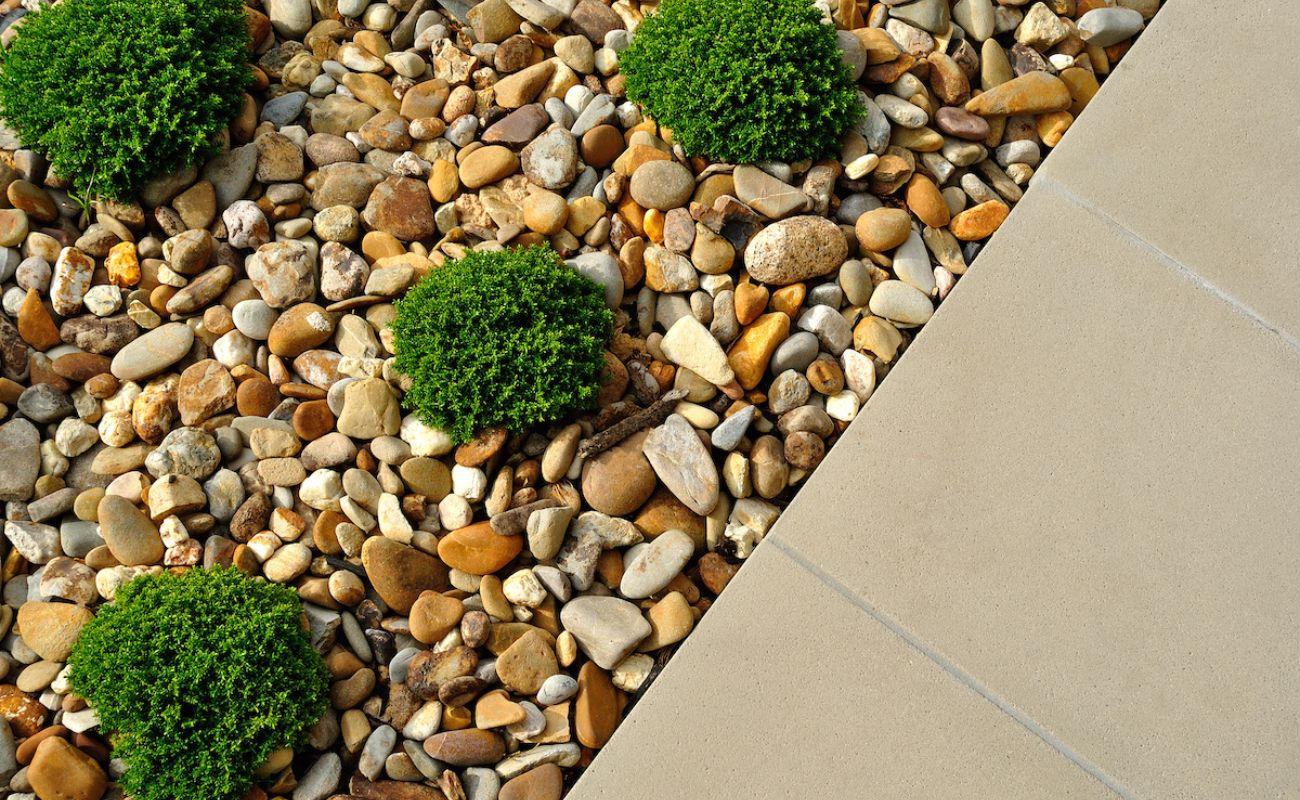
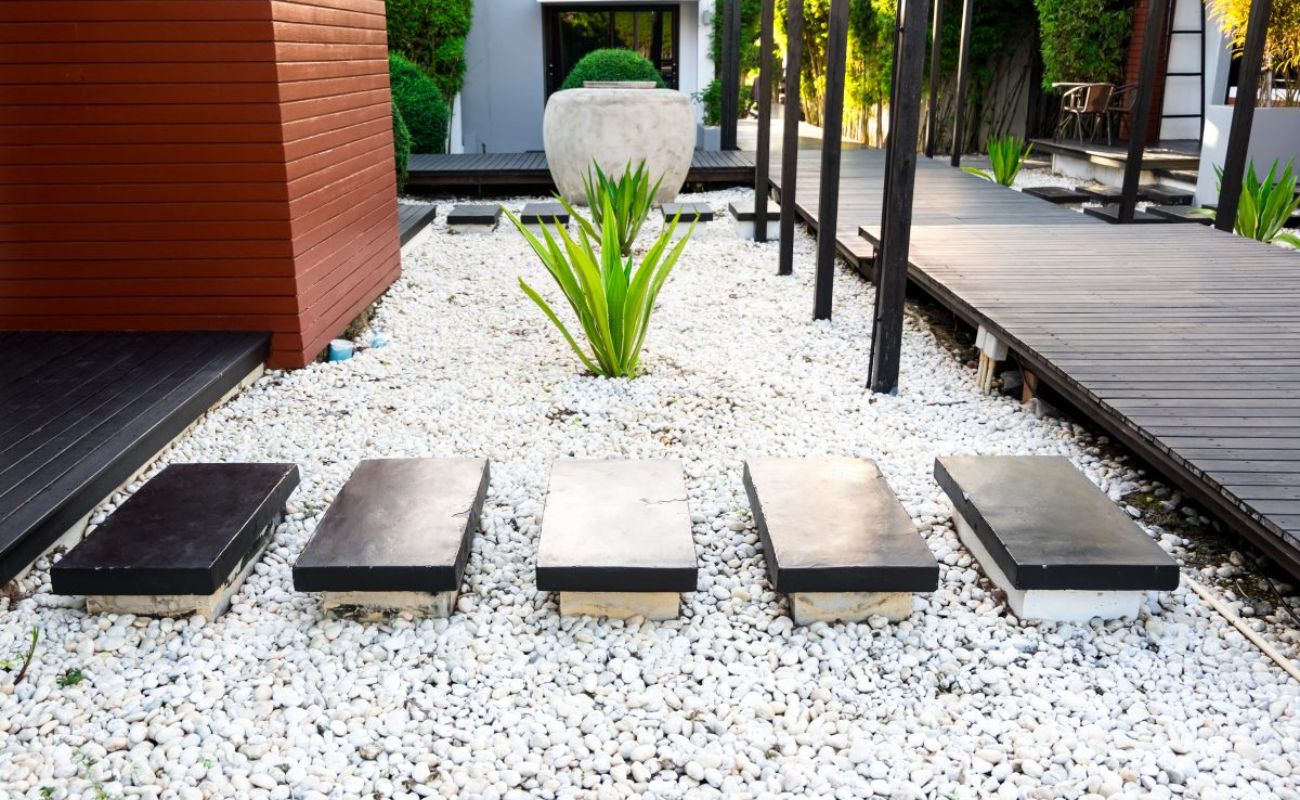

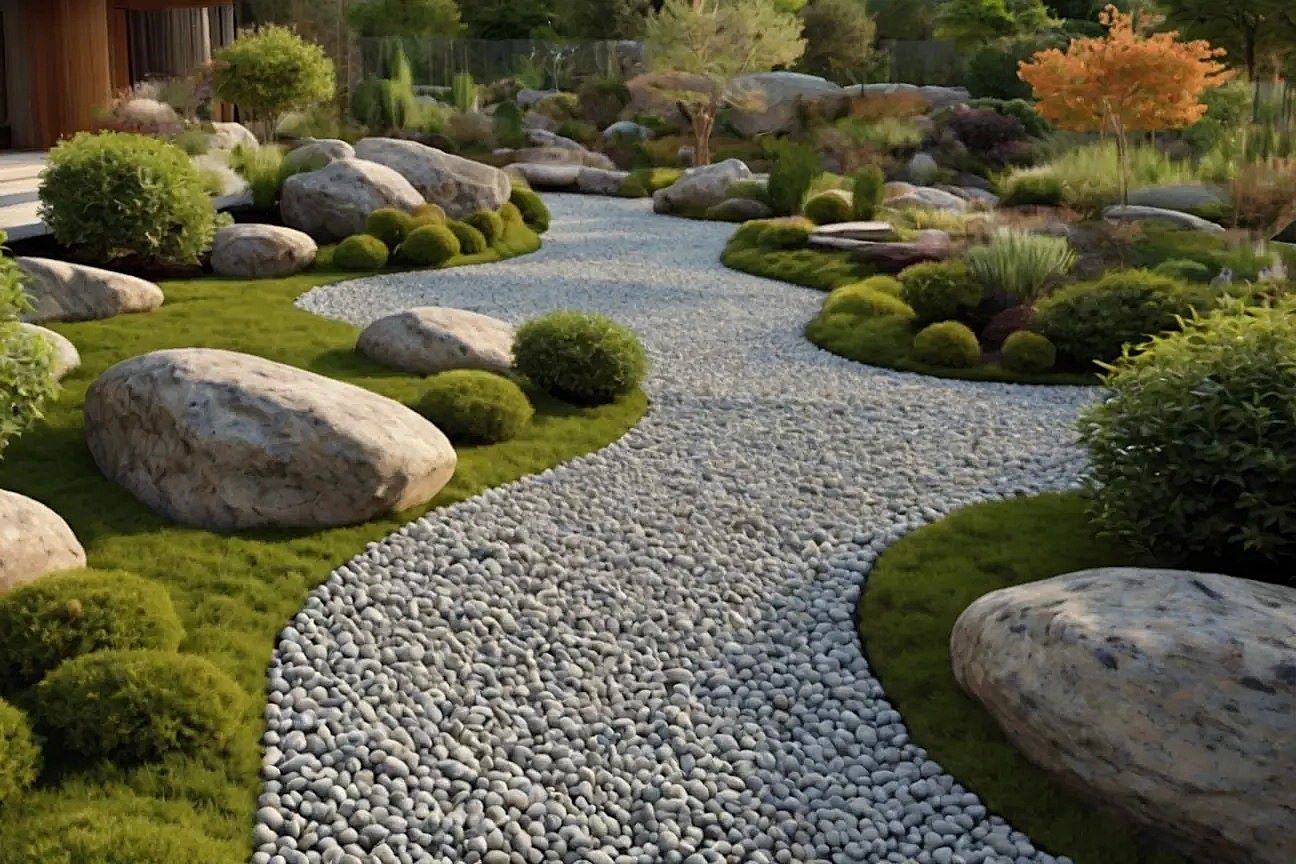
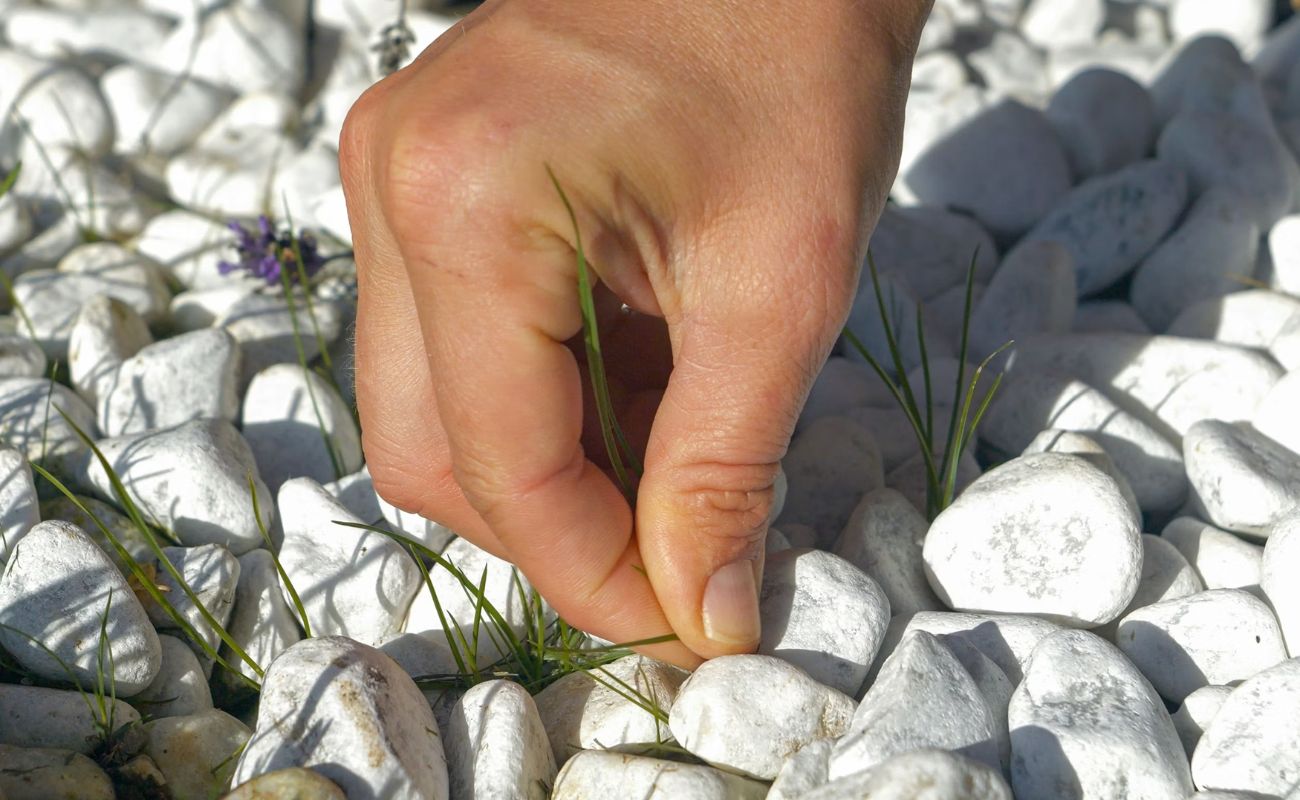
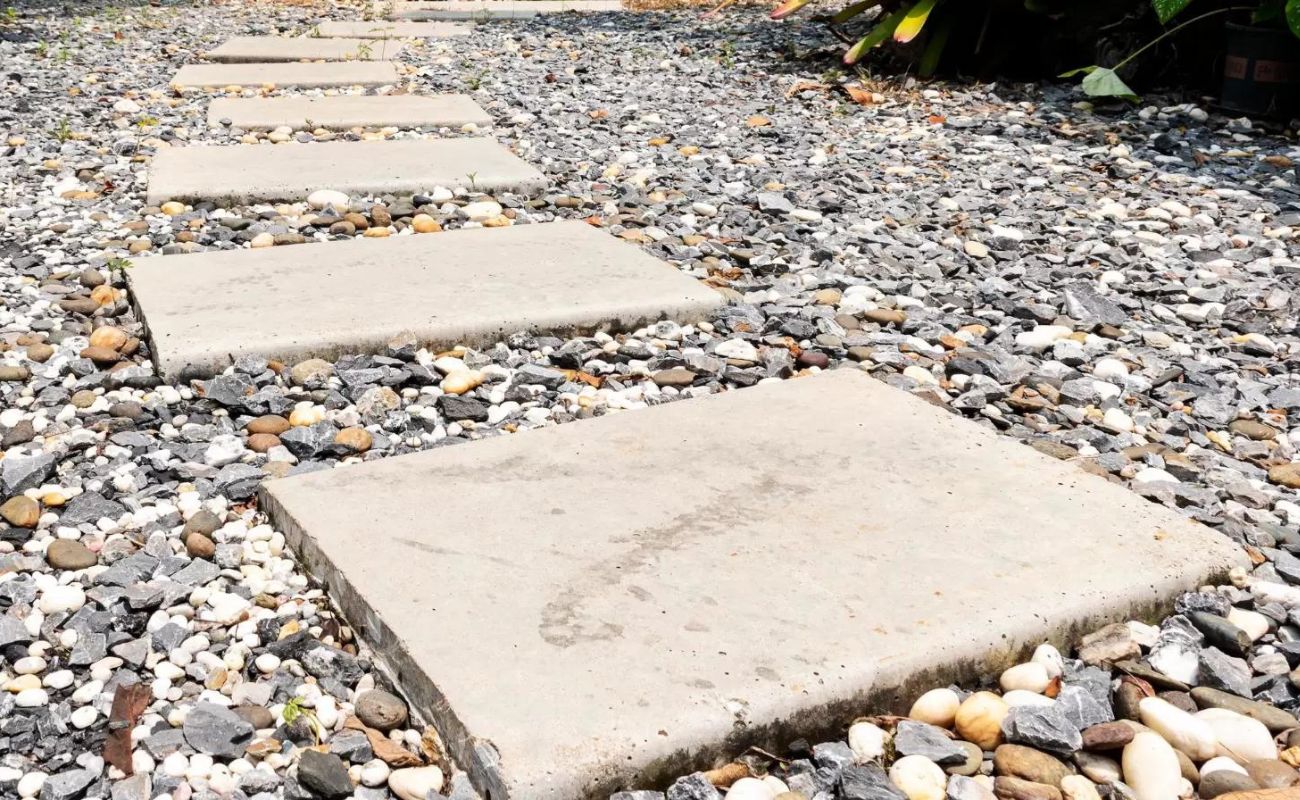

0 thoughts on “How To Use Large Round Rocks In Landscape Design”